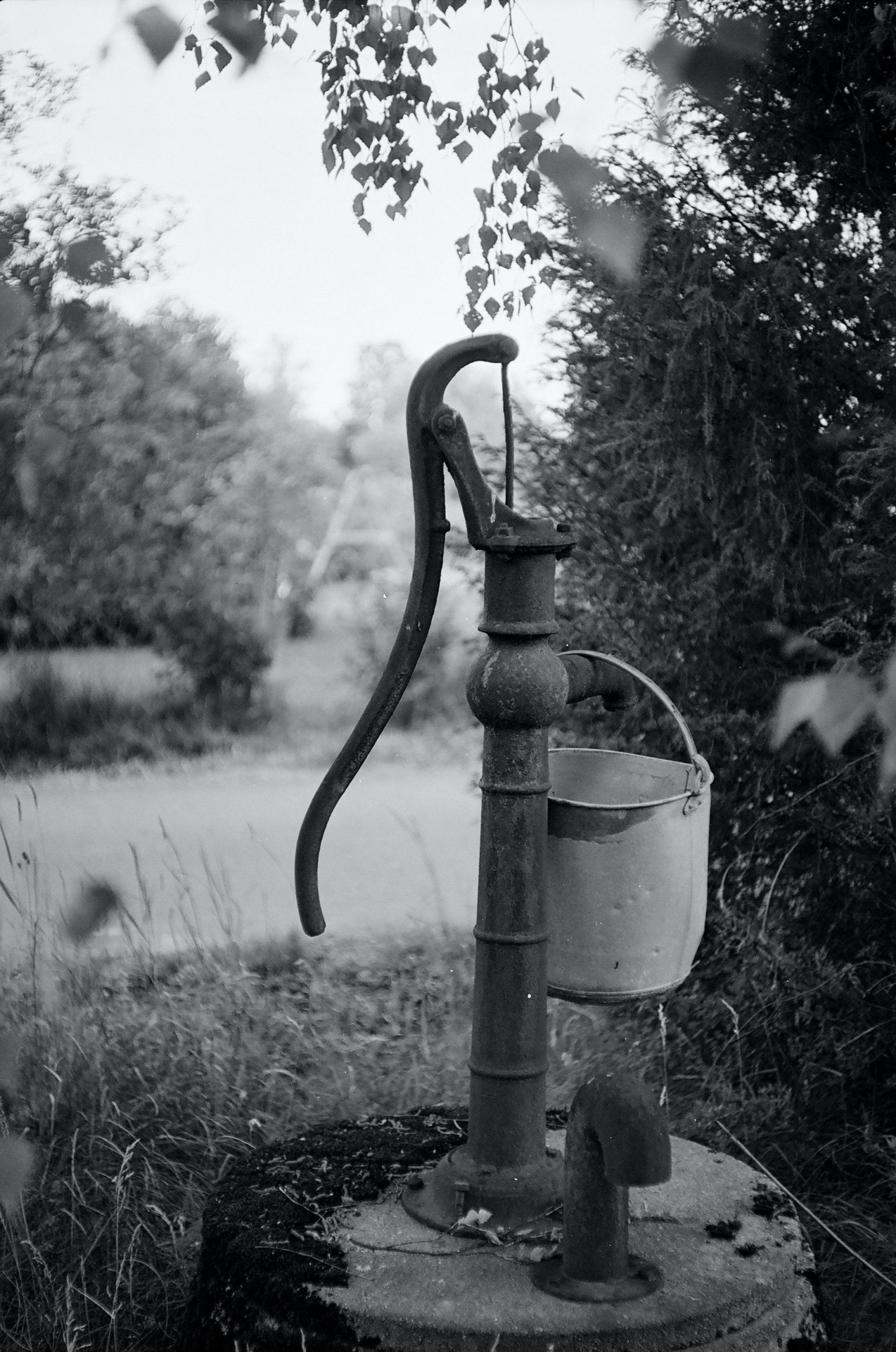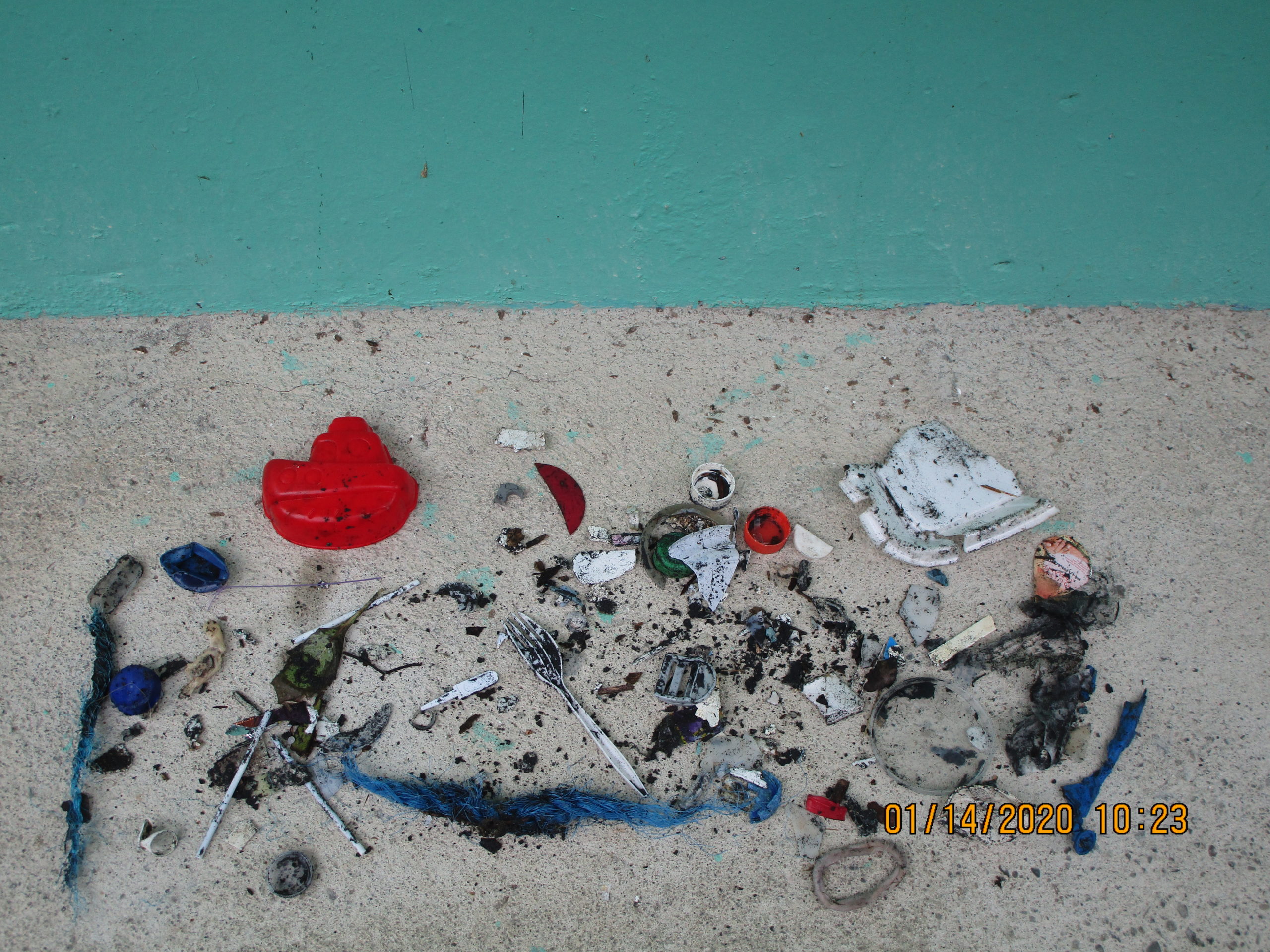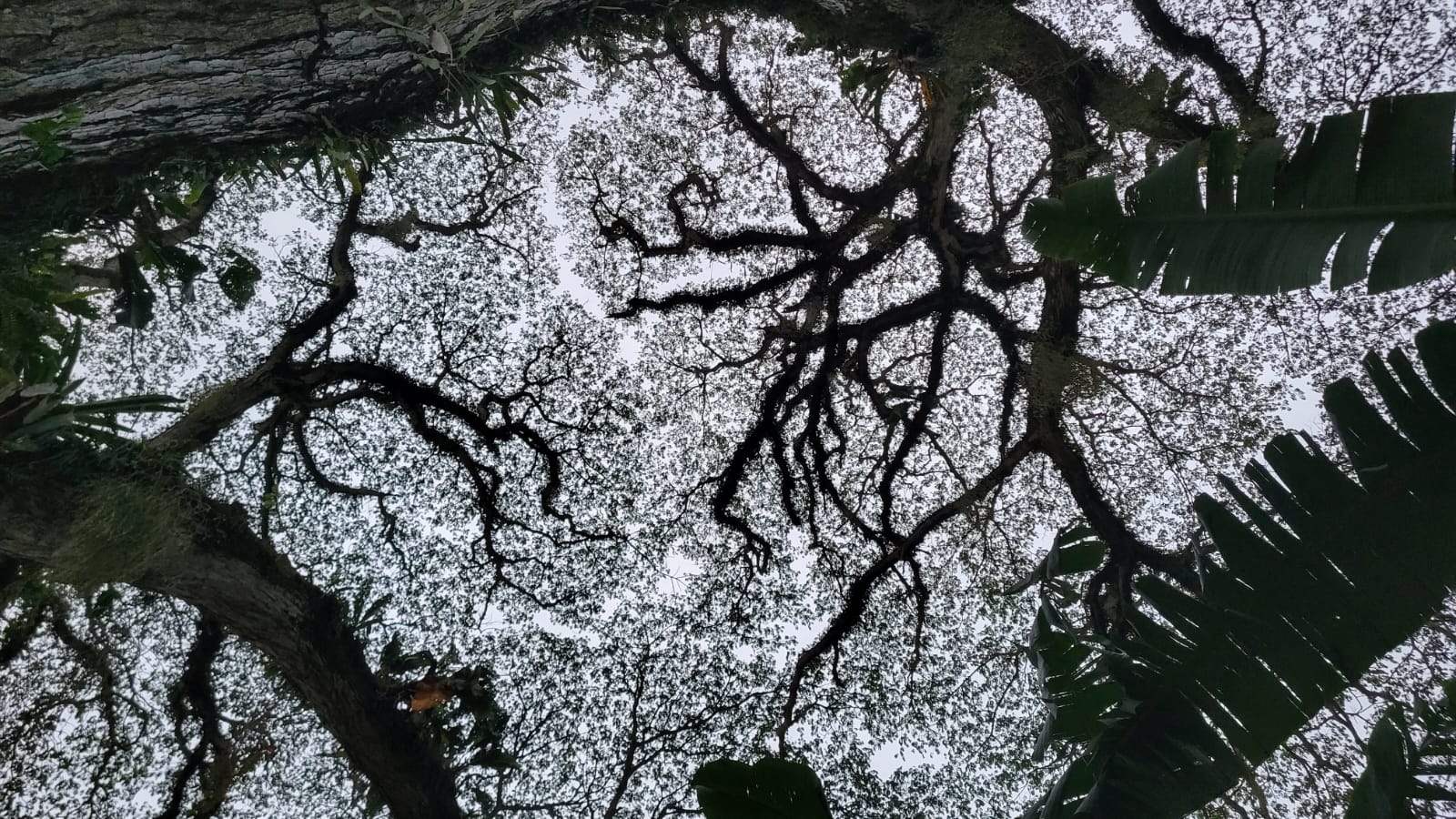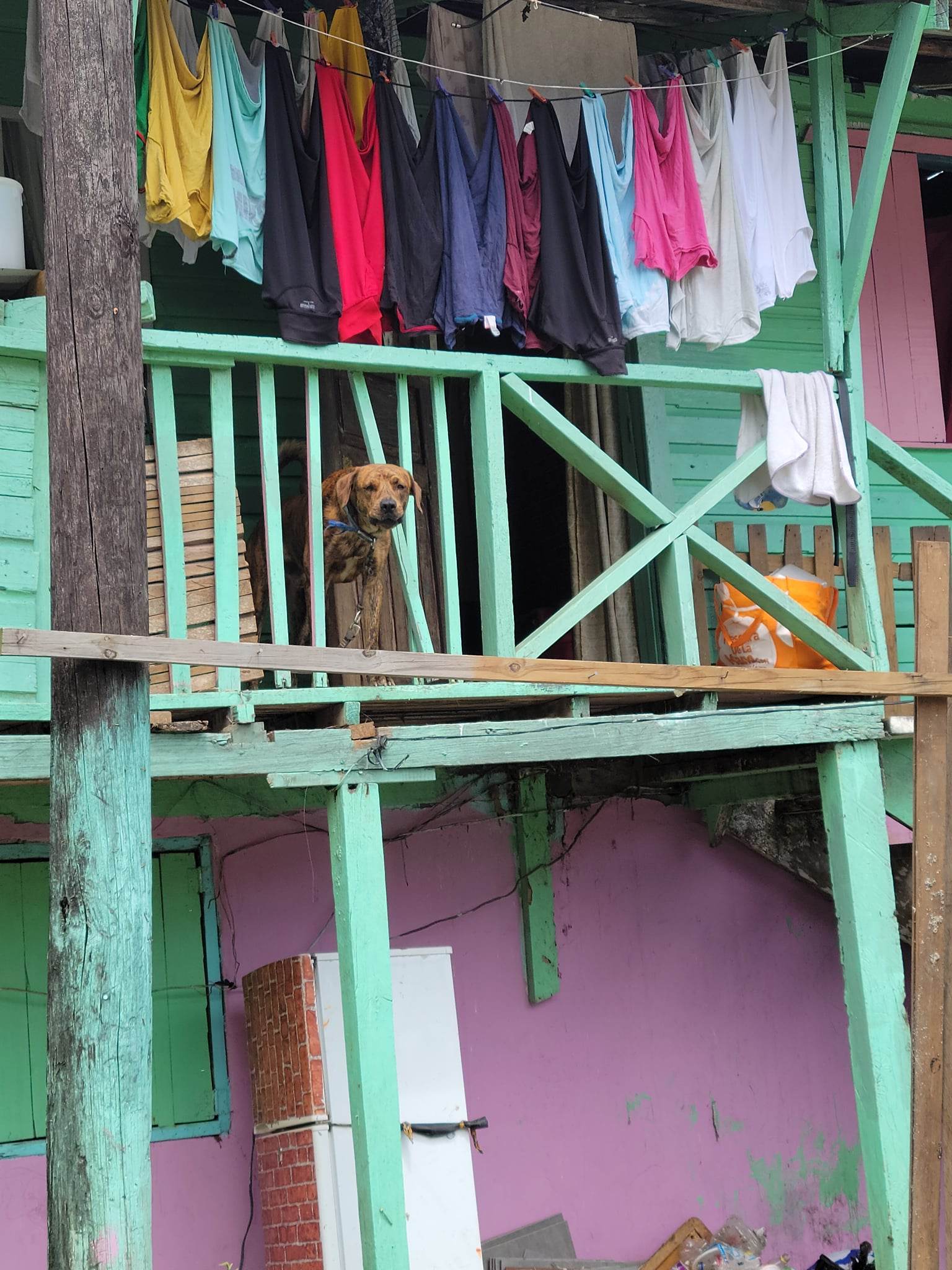Looking Back to Move Forward
Water resource management begins at the kitchen sink.
Costa Rica: It finally rained last night while I was out. I waited for the rain to let up before riding my bike home. Usually when it rains here, there are brief pauses between cloudbursts. But last night, that brief shower was all we got.
This morning the sun is up, bright and strong as ever, no chance for rain today. Yes; here on the Caribbean coast we are having our own little drought, while everywhere else in the country is still deep into rainy season. And this long dry spell seems to grow longer every year.
My only water source is well water, and I’m glad it has never gone dry. So far, anyway.

As I consider the water situation where I live now, I suddenly recognize the connection between my lifestyle today, in Costa Rica, and my Grandmother Vogt’s relationship with water a century ago in the foothills of the Allegheny mountains.
Looking back, considering how people long ago lived when they were personally responsible for their “resource management” can be the most valuable source of information for us today as we struggle to adapt in a new age of unknowing.
The home where my mother grew up never had public water. Built by the Vogt family around 1915 in a tiny mountain village, infrastructure at that time was something only the bigger towns possessed. No one had public water: Rainwater was collected in cisterns, and wells were dug for drinking water. In fact, I now remember the charming little spring in the village park in the center of town: this may have been the original communal watering hole when the village was founded before the Revolutionary War.
Engrained in my memory are personal encounters with water during our summer visits to Grandma’s house in Bruin, Pennsylvania.
Grandma always reminded us at bath time, “Do not fill up the bath tub; just two inches is enough. And remember not to flush the commode unless you have to.” At bed time, she would carry up a pitcher of well water and set it on the big dresser bureau in the bathroom. “This is water for drinking. Use this water to brush your teeth.”
We girls loved to help Grandma wash the supper dishes at the kitchen sink. But she always reminded us, “Do not drink the tap water. This is from the cistern. It’s only for washing.”
Every morning, Grandma disappeared down the basement steps to a shadowy, mysterious place. We would hear a strange, metallic cranking as she hand-pumped a bucket-full of water from the well. She brought this bucket to the kitchen and set it on a stool, placing a metal dipper at the side of the bucket for dipping into the cool water for a drink. I still remember the taste of that well water: cool and refreshing, with a slight aftertaste of iron. It was my favorite water in the world, because it was precious. To be sure, water was not wasted at Grandma’s house.
Grandma lived in her home until around 1975, when she was lonely, finally willing to leave her home and move into a retirement community. Even by 1975, the house in Bruin had never been updated: no central heat, new electric wiring, or public water.
I remember this family water story now. Half a century later and a continent away, I am acutely aware of my own water use: Every three or four days, I turn on the pump to fill the big water tank that provides a gravity flow supply to the house. If the well runs dry, I have no more water. This has taught me to watch my water use, which is what now reminds me of Grandma’s warnings.
The lifestyle of self-reliance on water resources was a way of life in the United States. It still is for many farmers and rural dwellers, including Native Americans who live on arid reservations.
Thanks to public water works, It has not been very long since the average American lost touch with where water comes from. And just as with every other commodity that comes to us from somewhere, we tend to take it for granted if we don’t know where it comes from.
Costa Rica is blessed with an abundant supply of pure water. Its long rainy season drenches pristine forests and replenishes mountain springs. Residents can drink the public water–that is, when the public water reaches your town.
This is the problem with the Talamanca region in the province of Limon: the public water is unreliable. Ever since public water pipes reached the area there has been an intermittent water supply. This is an infrastructure problem, as the pipes installed a decade ago can no longer supply enough water to catch up with rapid development in the region.
Before the water pipes came to town, original residents of this area did what my grandmother’s generation did: they collected water and dug wells. By the time public water arrived, not everyone needed it. That’s why the house I live in now was never plumbed for public water. Most homes and businesses are self-reliant: they have wells, rainwater tanks, and public water, which they use when it’s there, as a way to conserve the other two sources. It’s a daily ritual of turning valves on and off.
But every so often, and more often as climate change brings protracted drought to the region, wells run dry and rain barrels have no rain to fill them.

This is when the public water comes to the rescue: trucks pass through the streets daily, delivering potable water to residents who bring their big jugs to be filled. This is only a temporary solution to what has become a chronic situation.
Back in the United States, the Flint, Michigan water crisis and more recently the Jackson, Mississippi water crisis should wake us from our complacency.
Where does our water come from? If even public water is not safe, is it possible to find a source of water we can rely on? And I am not talking about buying bottled water from the supermarket.

Sometimes, looking back at the past is the wisest way to move forward. What’s your water story?



